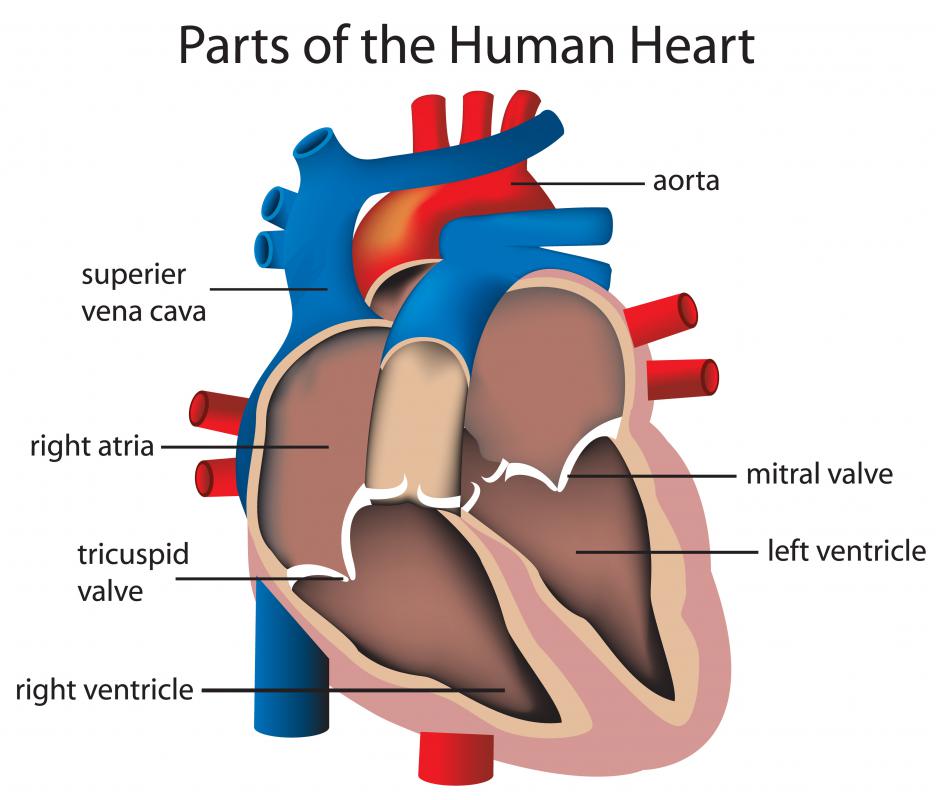At TheHealthBoard, we're committed to delivering accurate, trustworthy information. Our expert-authored content is rigorously fact-checked and sourced from credible authorities. Discover how we uphold the highest standards in providing you with reliable knowledge.
What Are the Most Common Complications of Aortic Valve Replacement?
Some of the most common complications of aortic valve replacement include infection, bleeding, and nausea. Irregular heartbeat, reactions to anesthesia, and the development of blood clots may also occur as a result of this procedure. Additional complications of aortic valve replacement may include heart attack, stroke, or failure of the new valve. Any bothersome symptoms that develop following surgery to replace the aortic valve should be reported to a member of the medical staff for further evaluation.
Infection is a common issue after any type of surgical procedure and may cause symptoms such as redness, swelling, and pain at the site of the incision. Fever, chills, and excessive sweating are also potential signs of infection. Antibiotics are often prescribed before and after the procedure in an effort to prevent bacteria from invading the heart, leading to a potentially life-threatening complication known as endocarditis.

Abnormal bleeding at the surgical site may occur after valve replacement surgery. Signs of internal bleeding may include bruising, swelling, or pain near the affected area. In the most severe cases, additional surgical procedures may be required in order to stop the bleeding and remove any excessive accumulation of blood. Those who are taking blood-thinning drugs are often asked to discontinue the medications a few days before surgery in order to decrease bleeding risks.

Nausea and vomiting are possible complications of aortic valve replacement and are often responses to the medications used during anesthesia. Increased blood pressure, heart attack, and stroke may sometimes occur as a result of the anesthesia as well. Occasionally, a person may have a potentially fatal allergic reaction to sedation medications. Blood clots are also relatively common complications of aortic valve replacement, so the patient may be given special medications and compression stockings following the procedure and asked to elevate the legs to help prevent these clots from forming.

Arrhythmia is a medical term used to describe irregular heartbeat. Following an aortic valve replacement, it is possible for the heart to beat too fast or too slowly or alternate between the two irregularities. This can sometimes be controlled with medications, although an additional surgery may be necessary to insert an artificial pacemaker that works to regulate the heartbeat.

Valve failure is one of the potential complications of aortic valve replacement. Fatigue, shortness of breath, and chest pain are among the most common symptoms of valve failure, although some people may not experience any negative symptoms. As soon as the patient is considered stable enough for an additional operation, the valve replacement procedure can be repeated.
AS FEATURED ON:
AS FEATURED ON:

















Discussion Comments
How long after valve replacement are the risk factors continued?
Post your comments